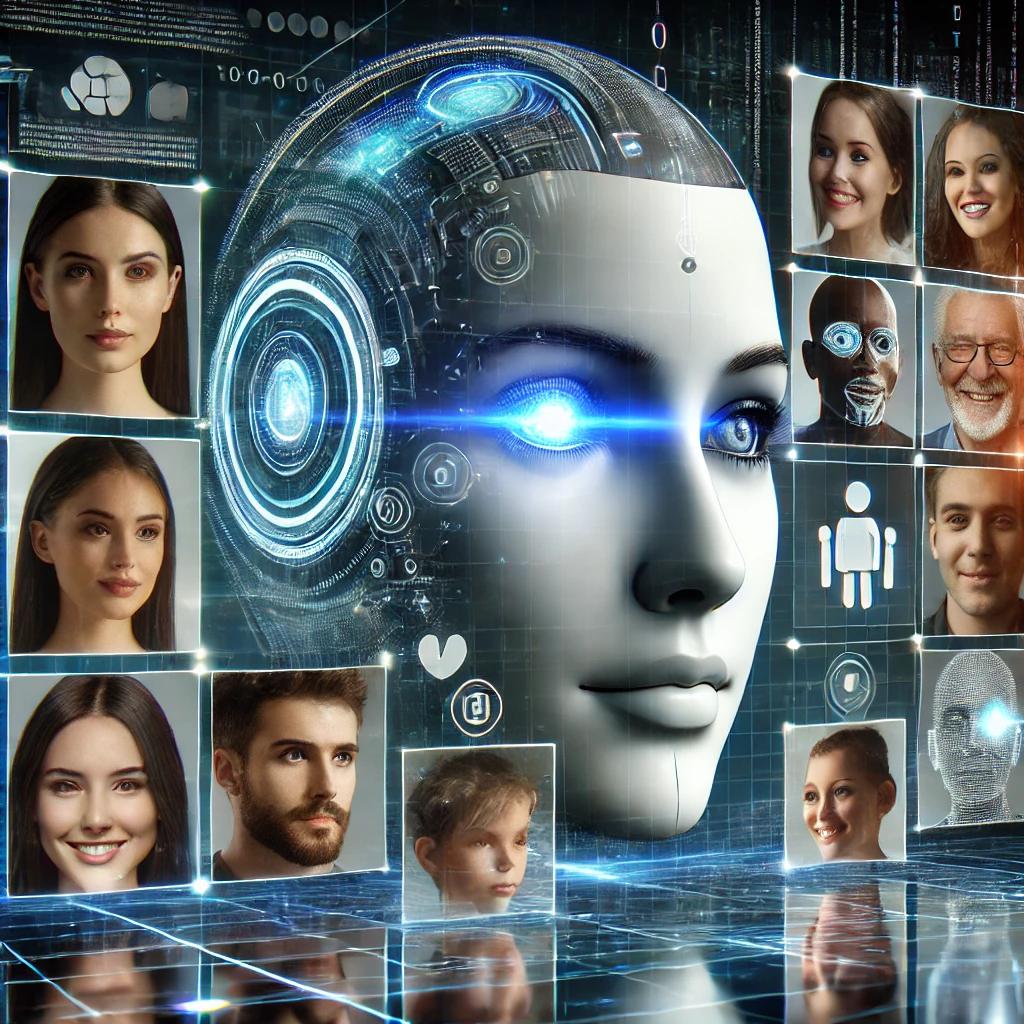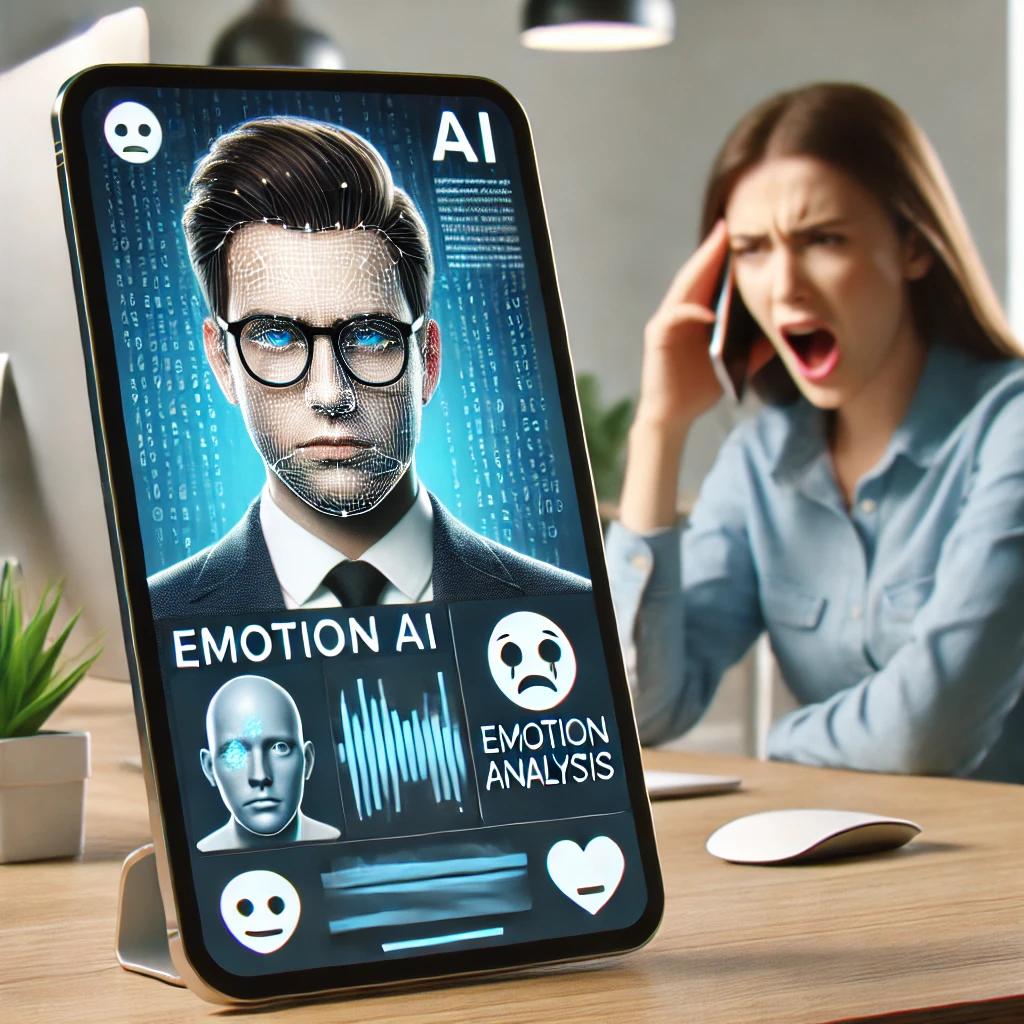In recent years, artificial intelligence (AI) has evolved dramatically. Among its advancements, emotion AI has gained significant attention. Emotion AI, or affective computing, aims to recognize, interpret, and respond to human emotions. It’s reshaping industries like entertainment, healthcare, and customer service. However, questions remain about how well machines can truly understand human emotion.
How It All Works
Emotion AI relies on machine learning algorithms. These systems analyze data from facial expressions, tone of voice, and text inputs. For example, tools like Emotion API use facial recognition to detect emotions such as happiness or anger. Voice analysis tools, such as those used in call centers, assess tone and speech patterns to measure customer satisfaction.
Yet, emotions are highly nuanced. Cultural differences and individual behaviors make emotions challenging to interpret consistently. Machines often generalize emotional responses, leading to oversimplifications.
Real-World Applications of Emotion AI
Industries are already harnessing emotion AI in fascinating ways. In healthcare, systems like Ellie monitor patients for signs of depression or stress. Entertainment platforms, such as Netflix, use emotion-driven algorithms to recommend personalized content. Retailers deploy emotion AI to enhance customer experiences through tailored suggestions.
Despite its utility, there are limitations. Machines often fail to grasp deeper emotional contexts. For example, sarcasm and mixed emotions are difficult for algorithms to decode accurately.

Ethical Concerns Surrounding Emotion AI
As this technology grows, ethical concerns arise. Privacy is a primary issue. Systems must collect sensitive emotional data to function. This raises questions about how companies store and use such data. For instance, a recent report highlighted risks of misuse in surveillance applications.
Another concern is bias. AI systems may perpetuate stereotypes if trained on unrepresentative data. Ensuring diverse datasets is crucial for unbiased emotional analysis.
The Human Factor in Emotional Understanding
Machines can mimic emotional recognition, but true empathy remains uniquely human. Humans rely on intuition and life experiences to interpret emotions. Machines, by contrast, analyze patterns and probabilities. This fundamental difference raises doubts about AI’s ability to fully understand complex feelings.
Moreover, over-reliance on emotion AI could weaken human-to-human interactions. For example, customer service systems may prioritize efficiency over genuine connection. Maintaining a balance between AI and human input is essential.
The Future of Emotion AI
Despite challenges, emotion AI has immense potential. With advancements, machines may become better at decoding subtle emotional cues. Researchers are exploring ways to integrate contextual understanding into algorithms. This could enhance applications in therapy, education, and even entertainment.
However, achieving this requires collaboration. Policymakers, technologists, and ethicists must work together. By addressing ethical concerns and improving algorithmic accuracy, the future of this technology looks promising.
Conclusion
Emotion AI represents a significant leap in personalization technology. It’s already improving industries and redefining human-machine interactions. However, machines have limits when it comes to understanding complex emotions. As the technology evolves, balancing innovation with ethics will be key.

For more insights on emotion AI and its applications, check out this article.

